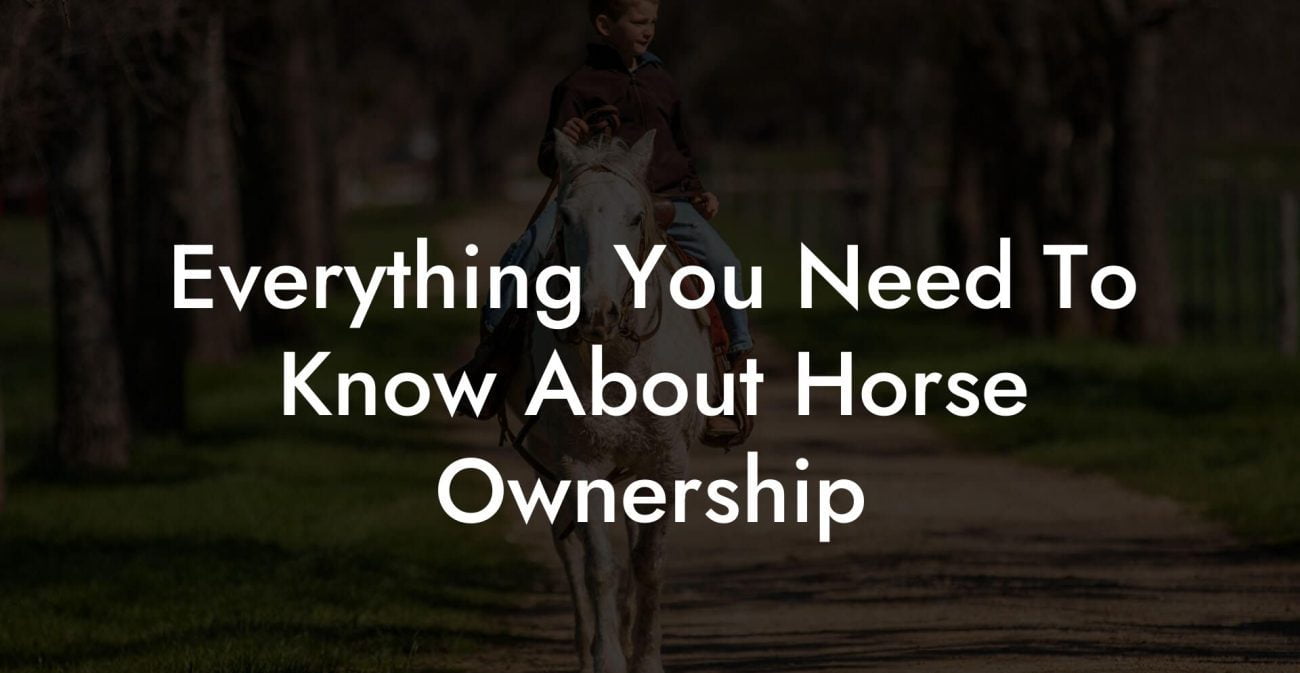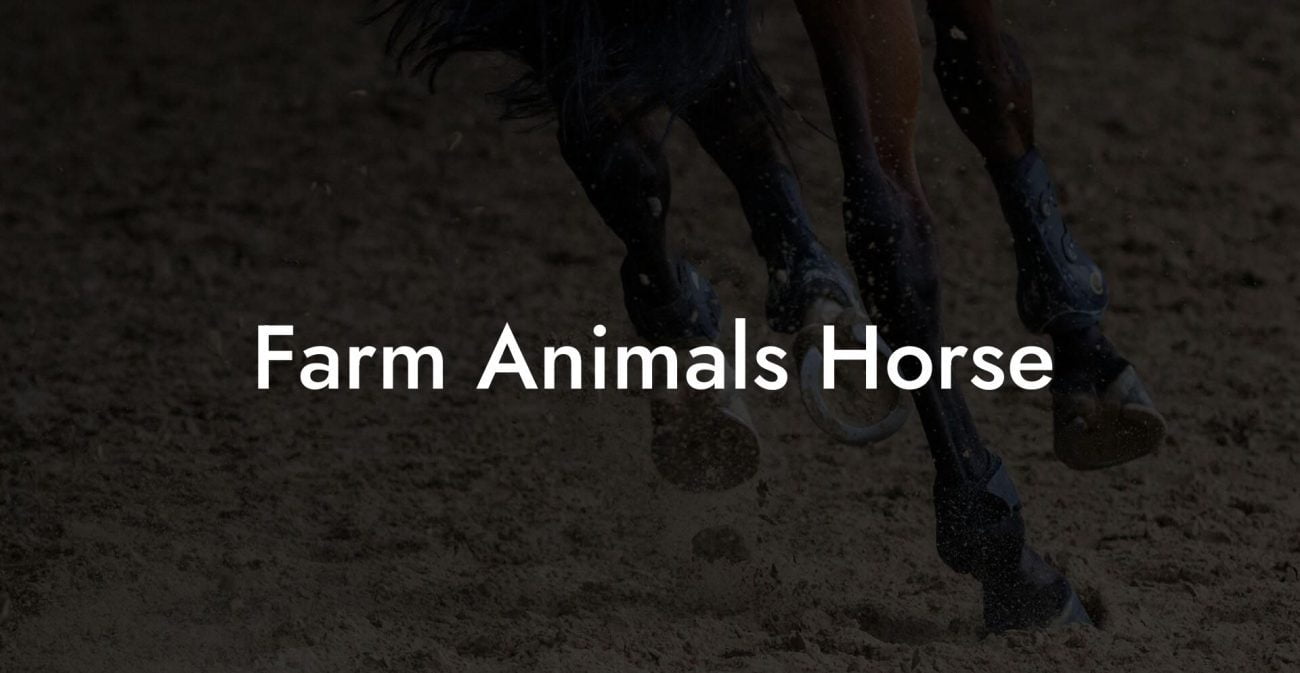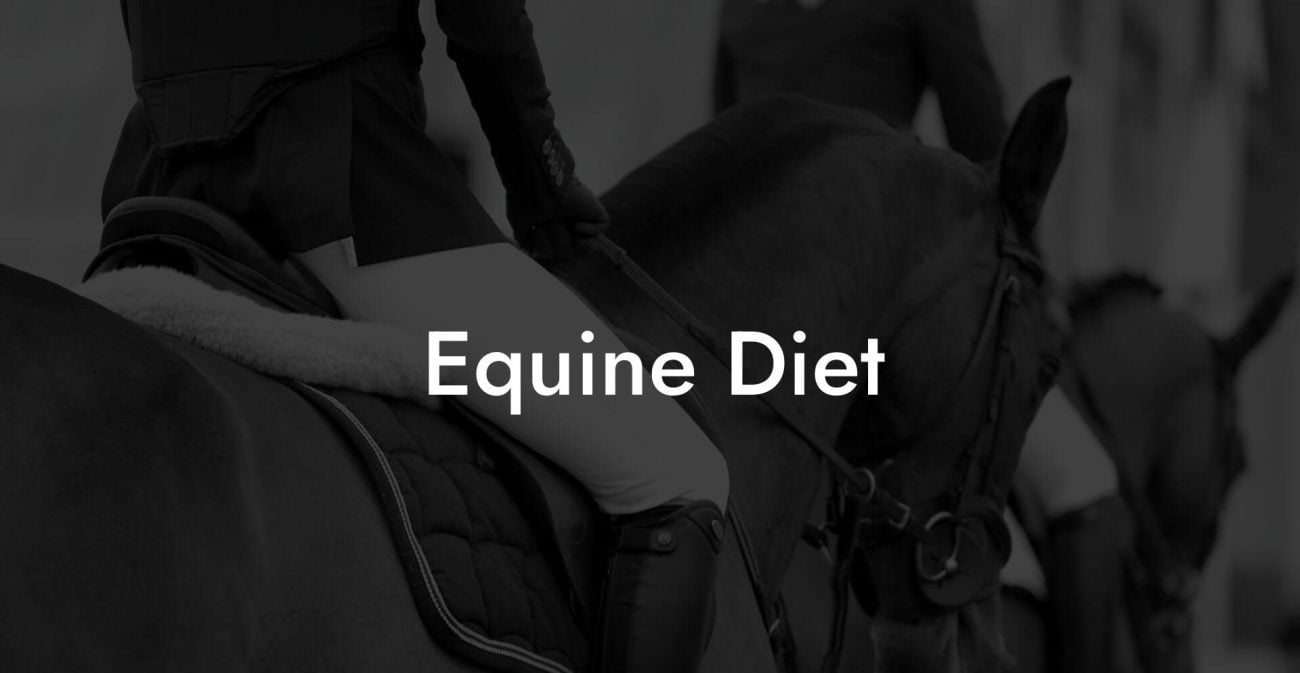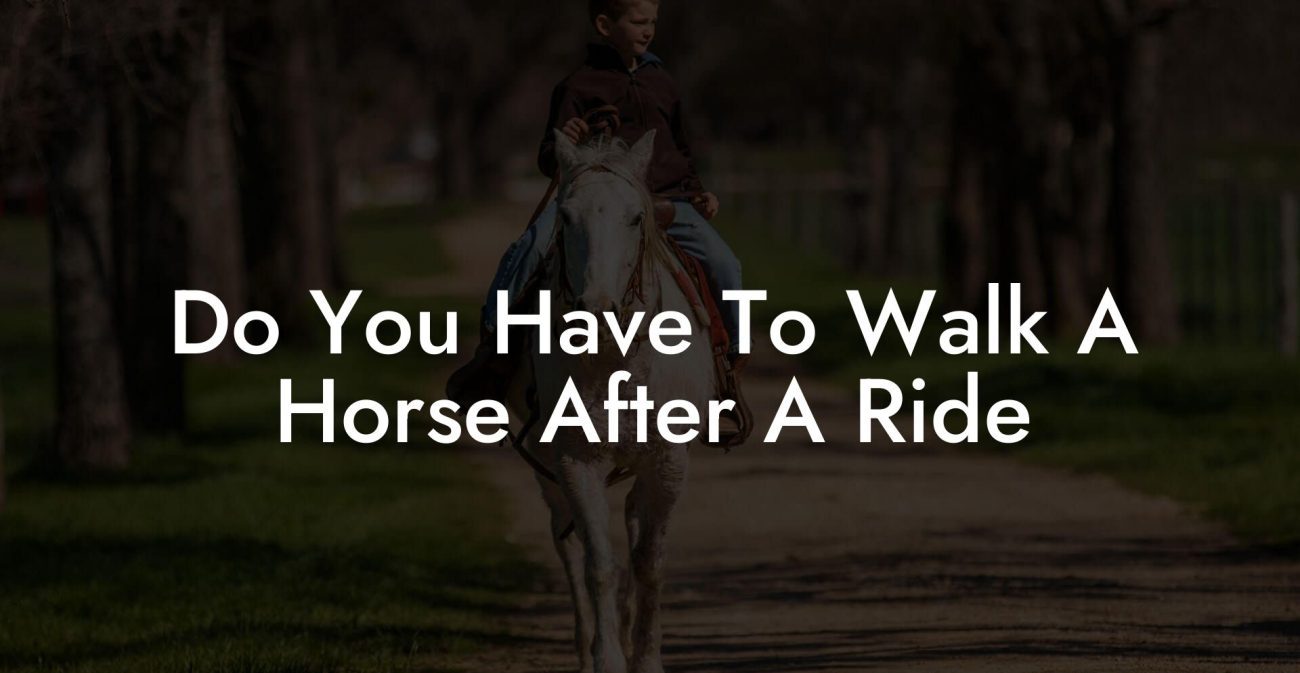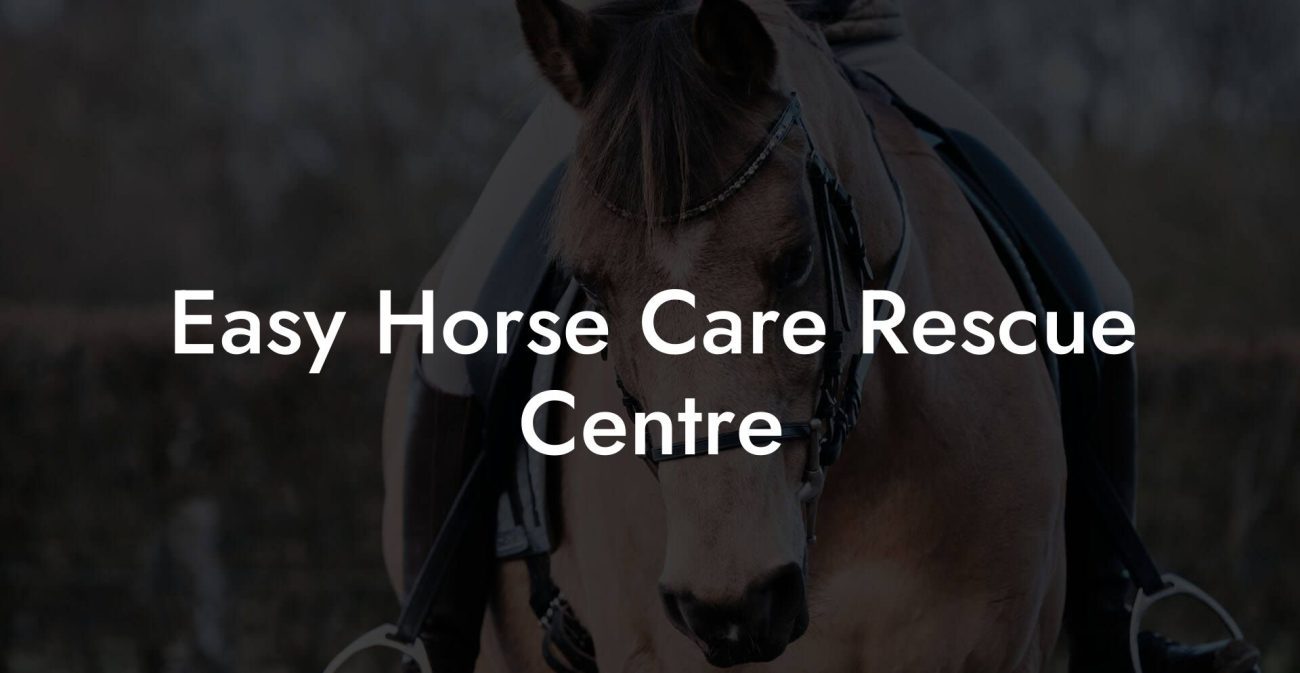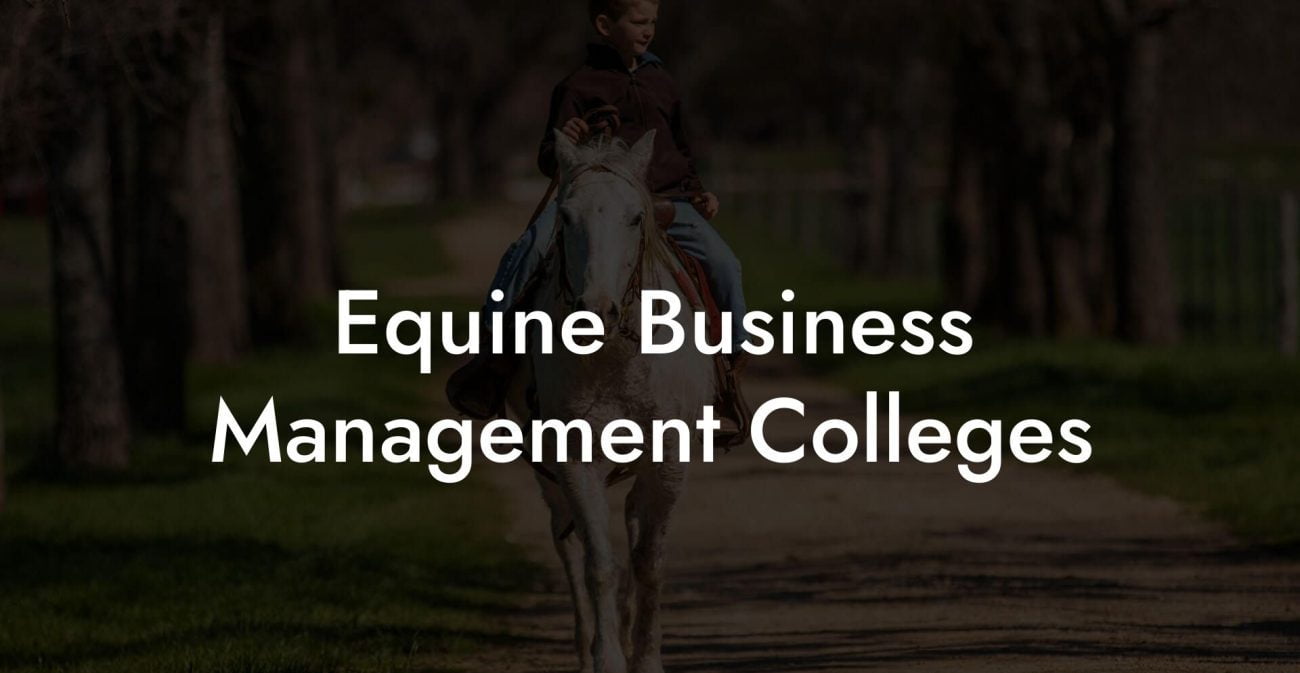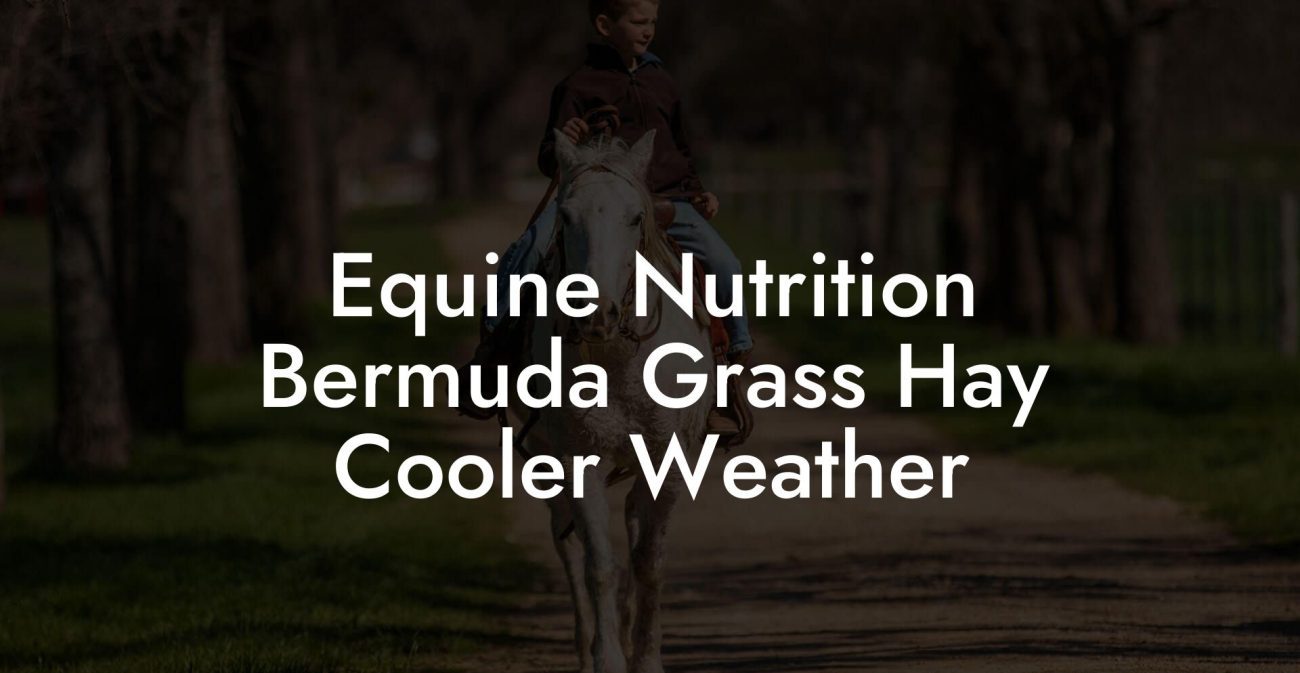Ever wondered what it really means to be a “claimer” in the fast-paced, adrenaline-charged world of horse racing? Strap in, because we’re about to gallop through the ins and outs of claimer races—a type of race that blends high stakes, strategy, and a touch of daring investment. Whether you’re a seasoned racing enthusiast or a curious millennial looking to know more about caring for a horse with a spirited racing career, this deep dive is your ultimate guide to understanding what a claimer is, how these races work, and why they’re a hot topic in modern horseracing circles.
Quick Links to Useful Sections
- Decoding the Claimer in Horse Racing: What Does It Mean?
- The Intricate Mechanics of Claiming Races
- A Brief History: The Evolution of Claimer Races
- Beyond the Track: The Strategic Side of Claiming Races
- The Horse Owner’s Perspective: Caring for a Claimer
- Modernizing the Race: Claimer Races in the Digital Age
- Racing Culture and Modern Trends: Why Claimers Resonate with Today’s Audience
- Saddle Up: Investment, Ownership, and Long-Term Care for Claimer Horses
- Tips and Tricks for Maximizing Performance and Care
- 1. Keep a Detailed Health and Performance Log
- 2. Embrace Modern Technology
- 3. Prioritize a Balanced Diet
- 4. Regular Veterinary and Physiotherapy Sessions
- 5. Foster a Stress-Free Environment
- Real-Life Stories: Case Studies from the Claiming Circuit
- Case Study 1: The Comeback Kid
- Case Study 2: The Strategic Resale
- Case Study 3: The Tech-Enhanced Transformation
- Innovations in Horse Racing: Bridging Tradition and Technology
- Resources and Community Support: Your Next Steps
- Frequently Asked Questions (FAQ) About Claimer Races
- Your Journey with Claimer Races: Embrace the Thrill and Transform Your Equine Experience
Decoding the Claimer in Horse Racing: What Does It Mean?
In the simplest terms, a “claimer” is a horse entered into a claiming race—a special type of race where every horse carries a predetermined price tag. These races are not just about speed; they represent a high-stakes marketplace where horses can change hands as quickly as the finish line appears. For anyone who’s ever watched a horse race and marveled at the mix of strategy and raw power on the track, claimer races bring a unique blend of risk and reward.
In a claiming race, all the horses entered are available for purchase by other owners if they’re claimed for a set price before the race begins. It’s a system designed to level the playing field, giving owners a chance to swap out horses that might not be performing as expected while offering buyers an opportunity to scoop up talent at a fixed cost. That fixed price is more than just a number—it’s a statement about the horse’s current form, potential, and even a bit of its past achievements.
The concept might sound almost like a real-life version of a marketplace auction or even a reality TV show where contestants are swapped on a whim. But in the world of horse racing, every claim is loaded with strategic decisions, horse care insights, and the ever-present possibility of a new beginning for a talented animal with a quirky past.
The Intricate Mechanics of Claiming Races
So, how exactly does a claiming race work? Picture this: a group of horses, each with a set price, lined up at the starting gate. Before the race begins, any eligible owner can tender a claim on a horse—hitting the “buy” button, so to speak—in hopes of snagging a winning animal or one with untapped potential. This pre-race claiming window is where all the strategy unfolds.
Once the race is over, if a horse has been claimed, its ownership changes hands immediately. This unique rule means the original owner might not get to see their horse cross the finish line in future races—making every decision in the claiming process a pivotal one. Owners must weigh the horse’s recent performance against its long-term potential, all while keeping a keen eye on market trends and upcoming races.
But there’s more: the rules surrounding claiming races are designed to protect both buyers and sellers. For instance, some races allow for “reserve price” claims, ensuring that a seller can only let go of a horse if the claim meets certain financial criteria. Essentially, this means that every claim is a well-calculated, high-stakes move within a structured environment where every dollar counts.
A Brief History: The Evolution of Claimer Races
While today’s racetracks may boast state-of-the-art facilities and high-tech data monitoring, the roots of claiming races stretch back decades. Originally designed to create more equitable competition among racing stables, claiming races emerged as a way to manage the fluctuating form and fortunes of racehorses. The fixed price mechanism encouraged healthy competition, ensuring that horses which might be underperforming ended up in the hands of owners ready and able to nurture their untapped potential.
Over time, claimer races have evolved into a dynamic segment of horse racing. They have become not only a tool for managing a stable but also a proving ground for up-and-coming horses. These races offer a valuable opportunity for a talented but overlooked horse to demonstrate its mettle, all while providing an avenue for owners to capitalize on a change in fortune.
Historically, claiming races have often been seen as a “reformed” alternative to the high-pressure stakes races that dominate the spotlight. They underscore the fact that the journey of a racehorse isn’t always linear—a story full of ups, downs, and the occasional surprising comeback, much like the narrative arcs we love in our favorite binge-worthy series.
Beyond the Track: The Strategic Side of Claiming Races
For anyone with an entrepreneurial spirit, claiming races feel like a thrilling stock market—only the assets are living, breathing athletes. Owners and trainers must constantly evaluate form, track conditions, jockey performance, and even weather forecasts to determine whether a horse is ripe for claiming.
Consider the scenario: a horse has been running in lower-tier races and hasn’t been producing the wins its pedigree suggests. An owner might list it for a claiming race to recover some value, while another owner might see the same horse as a diamond in the rough, investing the time, energy, and resources to transform it into a top competitor.
This dynamic trading system is not without risk. A poor claim decision can mean a huge financial setback, while a well-calculated claim could lead to a meteoric rise in a horse’s racing profile—and, by extension, the owner’s reputation. In a way, it’s a delicate dance where strategy meets instinct, luck meets hard work, and every decision is laced with the potential for a jaw-dropping turnaround.
The Horse Owner’s Perspective: Caring for a Claimer
For the Gen-Z and millennial audience fascinated by the art of horse care, understanding a claimer’s journey is as much about athletic performance as it is about nurturing and restoration. Owning a horse that has been claimed—or one that might soon be on the claim block—demands a blend of business savvy and tender, loving care.
Proper horse care in this context involves a unique strategy. Horses in claimer races are often at a transitional point in their lives. They might have faced setbacks like inconsistent training, minor injuries, or even periods of neglect. However, with the right care regimen, proper nutrition, and expert training, these horses can often rediscover their innate talent and outperform their past performances.
For the new owner, acquiring a claimer horse can be a golden opportunity to implement a personalized care and training program. This might involve:
- Enhanced Veterinary Checks: Routine and advanced health screenings ensure that any lingering issues, from joint concerns to respiratory challenges, are addressed proactively.
- Tailored Training Regimens: Matching the horse’s strengths with a customized exercise plan that includes intervals of sprint training, endurance work, and light gym work to ease it back into top form.
- Nutritional Upgrades: Investing in high-quality feeds, supplements, and hydration systems that support muscle recovery, growth, and overall stamina.
- Mental and Emotional Care: Horses are, after all, sensitive creatures. Socialization, a calm environment, and even music therapy can help reduce stress and improve performance on the track.
The care and rehabilitation of a claimer horse are investments in both financial and emotional capital. By nurturing their animal with contemporary techniques—and a few innovative twists inspired by modern lifestyles—owners can unlock hidden potential and experience the thrill of a remarkable comeback.
Modernizing the Race: Claimer Races in the Digital Age
Today’s digital era has revolutionized every industry, and horse racing is no exception. Social media, data analytics, and advanced tracking technologies have all made their way into the world of claiming races, providing enthusiasts and professionals with a wealth of information right at their fingertips.
Online platforms now offer real-time updates, advanced statistics, and even live-streaming of races. These tools empower both buyers and sellers to make informed decisions in the split-second world of claiming races. For the tech-savvy millennial, this means that the excitement of the claim process isn’t confined to the track—it lives online, where you can analyze trends, participate in discussion forums, or even use mobile apps designed specifically for racing analytics.
Integrating this technology with traditional horse care methods has created a new hybrid in horse management. Gone are the days when decisions were made solely on gut instinct or past reputation; today, decisions are driven by sophisticated data models, AI-based performance predictions, and community-sourced insights from a global network of racing aficionados.
Whether you’re tracking a potential claim candidate’s every workout or exploring historical data on a horse’s performance in different weather conditions and track surfaces, the digital revolution has opened up an expansive universe of possibilities in the race to excel.
Racing Culture and Modern Trends: Why Claimers Resonate with Today’s Audience
In a world where authenticity and underdog success stories captivate us, claiming races strike a particular chord with modern audiences. They’re not about the glitz of multi-million-dollar stakes races; instead, they celebrate the gritty, unpredictable, and sometimes downright scrappy nature of horse racing.
For many Gen-Z and millennials, there’s something inherently appealing about rooting for the comeback kid—a horse that was once undervalued but is given a second chance. This resonates with the modern narrative of reinvention and resilience. In claiming races, every horse carries a tale of potential revivals, making every race an exciting chapter in a larger, ongoing story.
Moreover, the communal aspect of horse racing, amplified by digital platforms and social media, means that fans and owners alike share their journeys, offer advice, and celebrate breakthroughs collectively. Whether it’s through interactive livestream Q&A sessions with trainers or spirited discussions on Twitter about upcoming claim listings, the modern horse racing community is vibrant, connected, and undeniably influential.
Saddle Up: Investment, Ownership, and Long-Term Care for Claimer Horses
Investing in a claimer horse isn’t just about the thrill of the race—it’s about recognising the potential for transformation and dedicating yourself to a long-term plan of care. For many, owning a claimer represents an opportunity to blend business acumen with a passion for equine health.
Once a horse is claimed, the journey really begins. The new owner steps into the dual role of strategist and caregiver. This means:
- Evaluating the Horse’s Background: Delve into the horse’s performance history, pedigree, and any factors that may have led to its current valuation. This insight will guide your approach to training and medical care.
- Implementing a Tailored Training Regimen: Work closely with trainers to develop a program that gradually enhances the horse’s strengths while addressing any weaknesses. From speed drills to stamina-building sessions, every aspect of the training plan is designed to boost performance on the track.
- Optimizing Nutritional and Medical Support: Modern veterinary science combined with holistic approaches can enhance a horse’s physical and mental resilience. High-quality feed, targeted supplements, and regular check-ups form the backbone of a sound recovery and performance plan.
- Creating a Positive, Stress-Free Environment: The daily care of a claimer horse involves more than just workouts—it's also about providing a nurturing, low-stress setting that helps the horse recover from racing strains while building confidence and stamina.
Owning a claimer is a commitment to long-term success. It’s about transforming potential setbacks into opportunities—turning a horse’s underdog status into a triumphant comeback story. Through diligent care, strategic decision-making, and a dedicated support network, these horses can redefine their careers and leave an indelible mark on the racing world.
Tips and Tricks for Maximizing Performance and Care
Whether you’re a prospective buyer intrigued by the claim process or a current owner looking to rejuvenate your horse’s form, these practical tips can help you get the maximum performance and longevity out of your claimer:
1. Keep a Detailed Health and Performance Log
Record every detail of your horse’s daily routine—from workouts and races to meals and veterinary visits. This log not only helps in monitoring progress but also offers valuable data for tweaking training regimens and care protocols.
2. Embrace Modern Technology
Take advantage of the latest apps and wearable technologies designed for equine athletes. GPS trackers, heart rate monitors, and digital analytics tools can offer extra insights into your horse’s performance patterns, helping you make informed decisions.
3. Prioritize a Balanced Diet
Nutrition is key! Ensure your horse’s diet is rich in balanced nutrients, from high-quality grains to essential vitamins and minerals. Consulting with an equine nutritionist can help tailor a plan that meets the unique needs of a claimer horse.
4. Regular Veterinary and Physiotherapy Sessions
Routine health checks and physiotherapy sessions are crucial in preventing injuries and promoting recovery. Think of it as scheduled maintenance for a high-performance vehicle—keeping every joint, tendon, and muscle in top form.
5. Foster a Stress-Free Environment
A calm and positive atmosphere can significantly impact performance. Simple practices such as regular turnout time, engaging with soothing music, or even social interactions with other horses can help minimize stress and boost overall well-being.
Incorporating these tips into your daily routine doesn’t just improve race performance; it creates a sustainable model of horse care, ensuring that your claimer horse remains healthy, happy, and ready to take on new challenges each season.
Real-Life Stories: Case Studies from the Claiming Circuit
Sometimes nothing resonates more than hearing firsthand accounts from people who have experienced the ups and downs of the claiming world. Let’s explore a few case studies that shine a light on what it takes to transform a claimer horse into a champion.
Case Study 1: The Comeback Kid
Meet Rocket—a horse that had been bounced from one racing circuit to another due to inconsistent performance. When Rocket was put up for a claiming race, many experts dismissed him as a lost cause. However, a young, enthusiastic trainer saw potential in his raw speed and stamina. With a targeted training program, enhanced nutritional support, and a focus on mindfulness for stress reduction, Rocket’s fortunes changed dramatically. In his first race after the new care regimen, he not only outran his competitors but also set a new track record, proving that with the right support, even a clammed-up claimer can break free and shine.
Case Study 2: The Strategic Resale
Bella, a seasoned racehorse with a history of inconsistent form, was destined for the claim block until a well-known racing stable claimed her. Instead of viewing Bella as a liability, the new owners saw an opportunity for reinvention. They implemented a customized exercise routine that combined both high-intensity sprint training and steady endurance runs, alongside a rigorous health-check regimen. Within months, Bella’s performance metrics improved sharply, leading her to earn several top-5 finishes in subsequent races. Her transformation not only boosted the owners’ reputation but also underscored the significance of strategic investment in claimer horses.
Case Study 3: The Tech-Enhanced Transformation
In a bold move driven by modern technology, a new-age stable decided to integrate wearable tracking devices and cutting-edge performance analytics into their training protocol for a recently claimed horse named Thunderbolt. By marrying data-driven insights with traditional training methods, Thunderbolt’s regime shifted from guesswork to precision. Regular adjustments based on real-time feedback led to a significant reduction in injury downtime and improved race-day performance. Thunderbolt soon emerged as a perennial favorite on the track, setting a trend for the adoption of digital tools in the claiming arena.
These stories highlight a common theme: transformation and potential. With the right blend of care, technology, and strategic decision-making, even horses that start as modest claim candidates can evolve into top-tier competitors.
Innovations in Horse Racing: Bridging Tradition and Technology
The world of horse racing is in the midst of a digital revolution. While claiming races remain rooted in time-honored traditions, the infusion of modern technology has opened new avenues for both performance enhancement and animal welfare. From smart stable management systems to interactive training apps, the tools available today are designed to monitor every heartbeat and hoofbeat.
Consider wearable sensors that track a horse’s vital signs in real time, offering instant feedback on its physical condition during training sessions. Combined with data analytics, these devices help trainers pinpoint the exact moment when a horse might be at risk of overtraining or injury. Moreover, mobile platforms now allow trainers, veterinarians, and owners to collaborate more effectively, creating a seamless flow of information that enhances decision-making and strategic planning.
This convergence of tradition and technology is particularly appealing to a generation that values both heritage and innovation. As horseracing continues to evolve, the seamless integration of digital tools with conventional training methods is set to redefine how we appreciate and care for racehorses, ensuring that the excitement of the race is matched only by the precision of modern care.
Resources and Community Support: Your Next Steps
Whether you’re contemplating taking the plunge into the world of claiming races or already find yourself captivated by the potential for transformation in horseracing, knowing where to turn for support and advice is key. A wealth of resources—from industry blogs and online forums to dedicated equine care workshops and training clinics—stands ready to help you sharpen your skills.
For those looking to network with like-minded enthusiasts, social media platforms and dedicated racing apps offer vibrant communities where experiences, tips, and success stories are shared daily. These communities are gold mines for practical advice on how to select, train, and care for a claimer horse, offering insights that are both data-driven and steeped in tradition.
Additionally, local racetracks and equine sports organizations frequently host educational events and seminars geared toward modern horse care and racing strategies. Keep an eye on these opportunities; they’re perfect for expanding your knowledge, meeting industry experts, and even finding potential partners who share your passion.
Frequently Asked Questions (FAQ) About Claimer Races
Let’s tackle some of the burning questions that crop up around claiming races and what it means to care for a horse undergoing this unique journey.
1. What exactly is a claiming race?
A claiming race is a type of horse race where each horse is assigned a fixed price. Before the race, any eligible owner can claim a horse for that price, thereby transferring ownership immediately after the race.
2. Why are horses entered into claiming races?
Horses are entered into claiming races to offer owners a chance to manage their stable’s performance and to give horses a fresh start if they are underperforming. It’s a strategic move that can unlock new potential and opportunities.
3. How does the claiming process work?
Before the race begins, a predetermined window allows competing owners to submit claims for any horse. If a claim is made, the horse’s ownership transfers at the pre-set price after the race.
4. What makes claimer races attractive to new owners?
Claimer races provide an affordable entry point into horse racing. They allow new owners to acquire horses at a fixed price while also offering the possibility to nurture and improve a horse’s performance with dedicated care and modern training techniques.
5. How can technology improve outcomes for claimer horses?
Technology, such as wearable sensors and performance analytics, helps monitor a horse’s condition in real time, making it easier to optimize training, prevent injuries, and maintain peak performance.
6. Can a claimer horse become a top competitor?
Absolutely. With the right care, training, and strategic management, many claimer horses have transformed into champions, proving that potential and hard work can rewrite a horse’s racing destiny.
7. What role does proper horse care play in a claimer’s success?
Excellent horse care is crucial. Regular veterinary check-ups, balanced nutrition, and tailored training regimens help ensure that a claimer horse recovers well and reaches its full potential.
8. Where can I learn more about managing claimer horses?
Look for industry forums, social media groups, local racing events, and specialized equine care seminars. These resources provide valuable insights and opportunities to connect with experts.
Your Journey with Claimer Races: Embrace the Thrill and Transform Your Equine Experience
In the world of horse racing, stepping into a claiming race is like entering an arena where every second counts and every decision has the potential to redefine the future. It’s a place where strategy meets heart, and where a well-cared-for horse can transform from an underdog into a celebrated champion.
Whether you are a first-time buyer intrigued by the dynamics of claiming races or a seasoned owner ready to revitalize your stable, embracing this high-stakes environment opens the door to a thrilling journey full of challenges, surprises, and the potential for spectacular comebacks. With a balanced approach that combines modern technology, traditional horse care, and unwavering commitment, you carve out a future where every race becomes a stepping stone toward greatness.
Let this guide be your inspiration and your roadmap as you embark on the adventure of managing and nurturing a claimer horse. From understanding the intricate mechanics of the claim process to mastering the art of equine care, every insight shared here is designed to empower you to make informed, strategic, and heartfelt decisions.
So, saddle up, get ready to dive into the vibrant world of claimer races, and remember: each stride on the track is more than just a run—it’s a testament to resilience, dedication, and the enduring spirit of racing. Your journey to transforming raw potential into racing excellence begins now!


